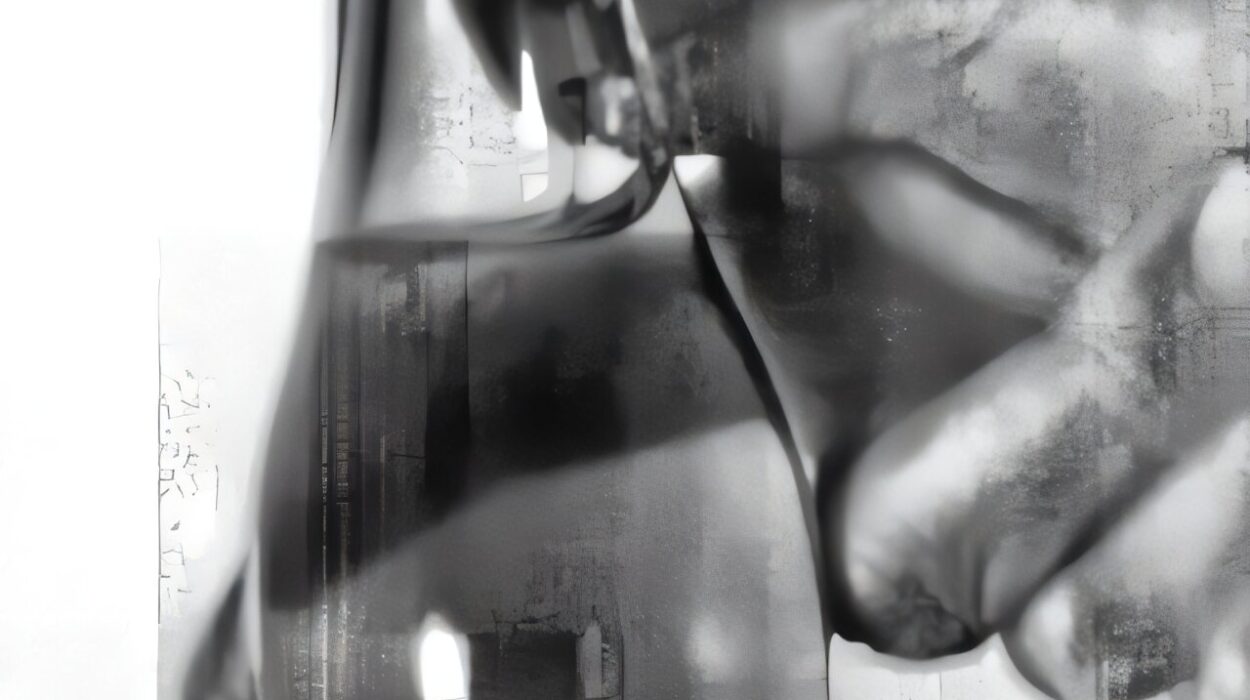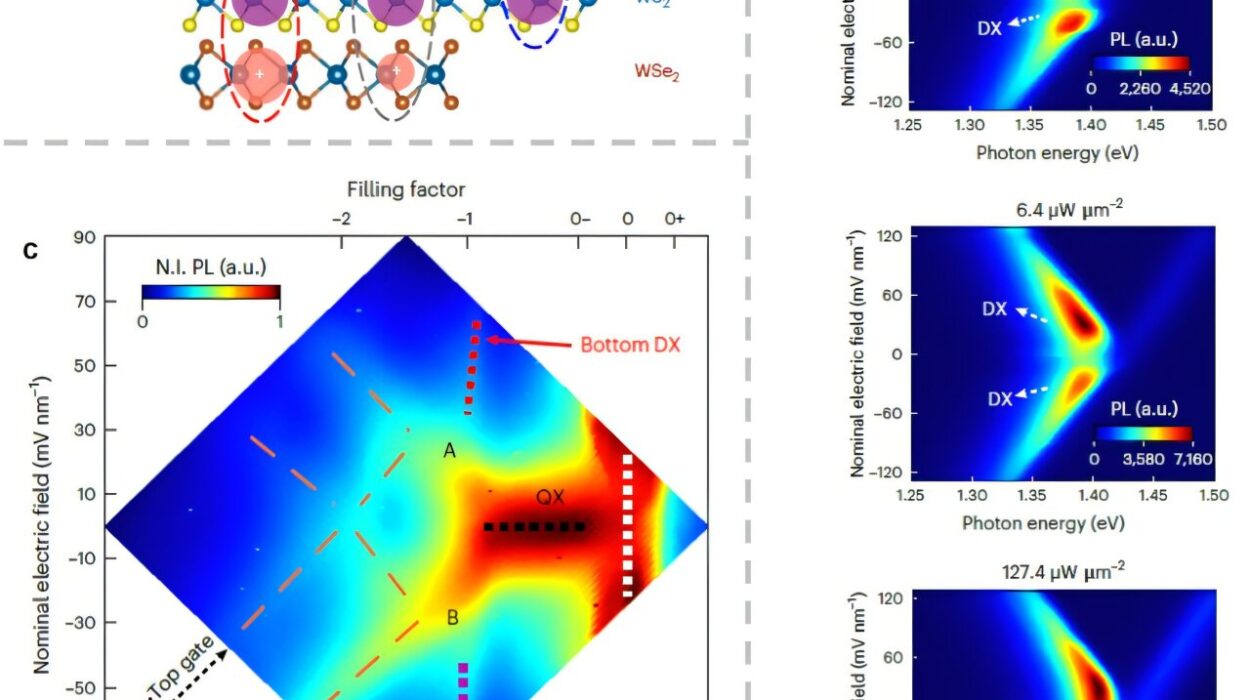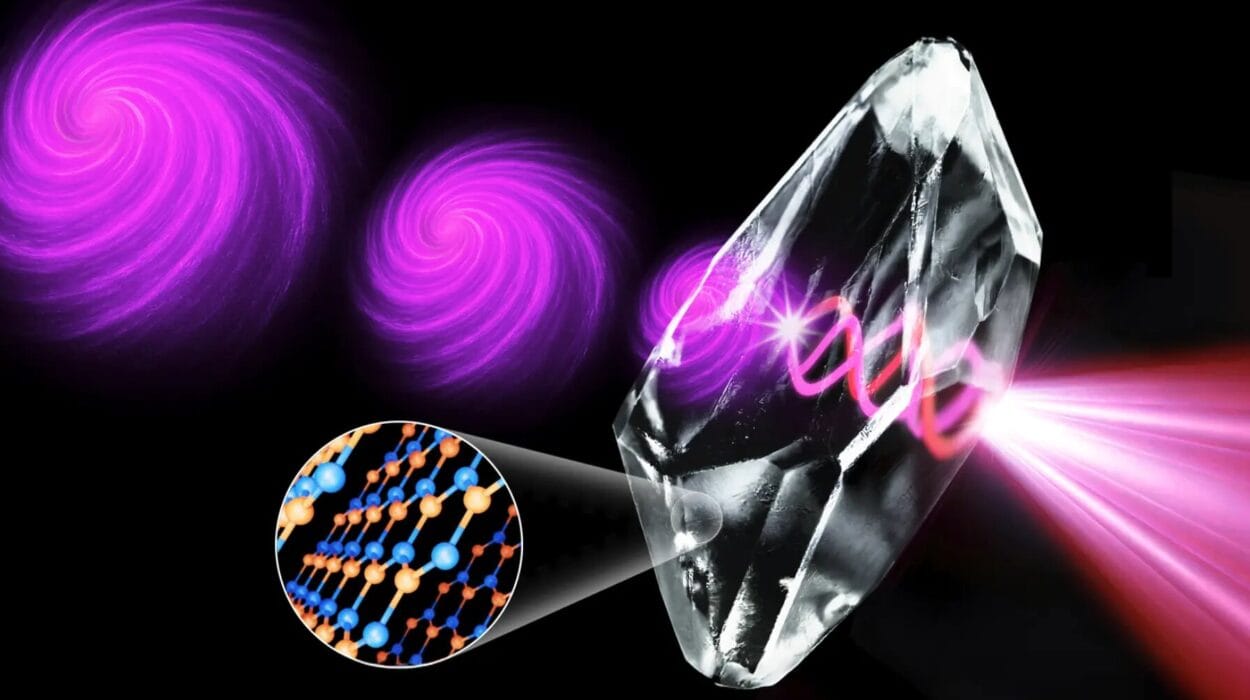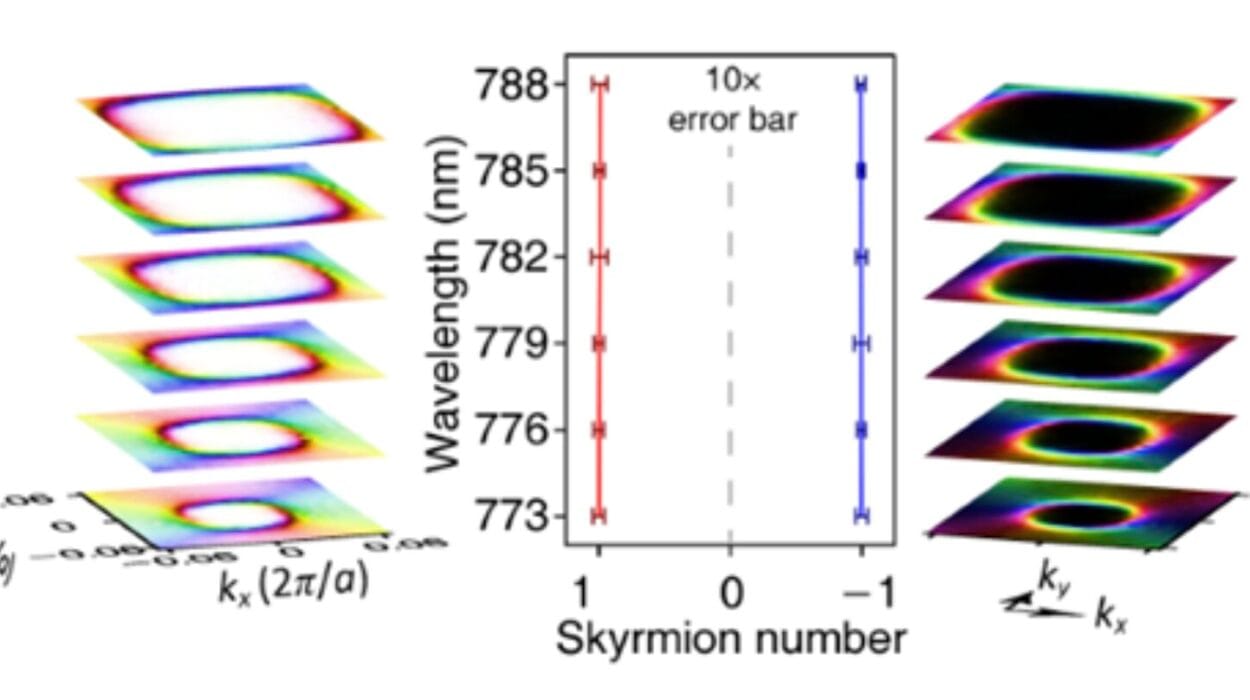Imagine a world where electricity flows forever, without losing a single drop of energy. No heat, no resistance, just pure, effortless motion. That dream became reality in 1911 when physicist Heike Kamerlingh Onnes discovered superconductivity — a strange state of matter in which electrical resistance vanishes completely.
Since then, superconductors have captivated generations of scientists. They are the beating heart of MRI machines, maglev trains, and particle accelerators. Yet, beneath their practical uses lies something even more profound: a glimpse into the hidden quantum rules that govern our universe.
For over a century, physicists have largely understood how conventional superconductors work. In these materials, electrons pair up in delicate quantum “marriages,” gliding through the crystal lattice without friction. But now, a new and even stranger kind of superconductor has entered the stage — one that could revolutionize quantum computing and deepen our understanding of the quantum world itself.
These are topological superconductors, and their story is as fascinating as it is mysterious.
The Rise of Topological Superconductors
Topological superconductors belong to a new class of quantum materials whose behavior cannot be explained by classical physics alone. They don’t just conduct electricity perfectly — they host exotic electronic states that seem to defy the ordinary laws of matter.
The most remarkable of these states are Majorana quasiparticles, elusive entities that are their own antiparticles. Predicted by Italian physicist Ettore Majorana in the 1930s, these strange particles could form the building blocks of fault-tolerant quantum computers — machines capable of solving problems far beyond the reach of today’s fastest supercomputers.
Unlike ordinary superconductors, which are relatively well understood, topological superconductors remain shrouded in mystery. Scientists suspect that their unusual electronic states might interact in subtle ways with the atomic lattice — the ordered grid of atoms that makes up the solid crystal. But until recently, there was no direct evidence of how these invisible quantum effects ripple through the lattice itself.
That changed with a groundbreaking study led by Professor Guo-qing Zheng of Okayama University.
The Discovery That Shook the Quantum World
In a paper published in Physical Review Letters on August 22, 2025, Prof. Zheng and his collaborators — Kazuaki Matano, S. Takayanagi, K. Ito of Okayama University, and Professor H. Nakao of KEK — reported a discovery that challenges conventional wisdom about superconductivity.
The team studied a material called CuxBi₂Se₃, a doped topological insulator that becomes superconducting at low temperatures. When they cooled the material into its superconducting state, something unexpected happened: the crystal distorted itself.
These distortions were tiny — just about 100 parts per million — but their implications were enormous. They marked the first clear evidence that a topological superconductor can actually couple to and deform its own crystal lattice as it transitions into the superconducting phase.
This was something physicists had never observed before. In conventional superconductors, the crystal lattice remains undisturbed when electrons form pairs. But in this case, the researchers saw the superconducting order parameter — a property known as the d-vector — tilt away from the crystal’s high-symmetry axes, causing the lattice itself to bend in response.
The distortions disappeared in more symmetric states or in heavily doped samples, where a chiral superconducting phase dominates. That behavior revealed a deep connection between the symmetry of the superconducting state and the shape of the crystal lattice — a quantum dialogue between electrons and atoms.
The Quantum Whisper Between Electrons and the Lattice
What Prof. Zheng’s team uncovered is more than a mere experimental curiosity. It suggests that superconductivity and crystal structure are intertwined in ways we are only beginning to understand.
Superconductivity is often described as a dance of paired electrons — known as Cooper pairs — gliding frictionlessly through a background of atomic vibrations. In most cases, the lattice serves as a silent partner, providing the stage but not joining the dance.
But in CuxBi₂Se₃, the lattice doesn’t stay silent. It responds, almost as if it is listening to the quantum music of the electrons. As the superconducting state forms, the crystal subtly reshapes itself, bending in rhythm with the electrons’ pairing pattern.
“This lattice distortion is not just a byproduct,” Prof. Zheng explained. “It’s a key diagnostic for identifying unconventional superconducting phases.”
In other words, the lattice is revealing clues about the hidden symmetry of the superconducting state — something scientists have long struggled to detect directly.
Breaking Symmetry: The Signature of the Unusual
A decade ago, Prof. Zheng’s group made another important discovery: they found that CuxBi₂Se₃ breaks spin-rotation symmetry, a hallmark of spin-triplet pairing — a rare and exotic type of superconductivity. Unlike conventional “spin-singlet” pairing, where electrons pair with opposite spins, spin-triplet superconductivity involves parallel spins, leading to fundamentally different behaviors.
The new experiment builds on that earlier work, combining synchrotron X-ray diffraction and angle-resolved susceptibility measurements to map out how the superconducting symmetry couples with lattice distortions.
What they found was a direct link — the first of its kind — between the internal quantum symmetry of the superconducting state and the material’s structural response. The crystal itself becomes a messenger, translating the invisible language of quantum mechanics into a measurable, physical signal.
A Step Toward Quantum Computing’s Holy Grail
Beyond its fundamental importance, this discovery carries profound technological implications. Topological superconductors are central to the quest for fault-tolerant quantum computing — a new paradigm where information is stored in stable, topologically protected quantum states that are immune to noise and decoherence.
To build such a computer, scientists must first understand how these exotic superconductors behave at the atomic level. “It is important to know the basic properties of the material when fabricating quantum bits from such superconductors,” Prof. Zheng said.
The study’s findings could guide the design of future quantum devices that harness the unique symmetries of topological superconductors. By identifying how superconducting states interact with crystal lattices, engineers could learn how to stabilize or manipulate these states for practical use.
For now, bulk topological superconductors remain rare and fragile, confined mostly to laboratories. But Zheng and his team believe their results could accelerate their transition from experimental curiosity to industrial reality.
“Bulk topological superconductors have not been used in industry simply because the materials are rare and their properties are poorly known,” he explained. “Our work will advance industrial applications in making next-generation quantum computers.”
Echoes Across the Quantum Landscape
The implications of this work extend beyond one material. Similar coupling between lattice and superconductivity could occur in other multicomponent superconductors, such as iron-based compounds, Kagome lattices, and twisted bilayer graphene — all of which are rich hunting grounds for exotic quantum phenomena.
By studying how the lattice distorts under different superconducting symmetries, scientists can gain powerful new tools for identifying unconventional superconducting phases across a wide range of materials.
It’s as if researchers have discovered a new kind of stethoscope — one that listens to the heartbeat of a crystal as it transitions into a quantum state.
Challenges and Open Questions
Despite its promise, this field remains in its infancy. Many questions are still unanswered.
For one, the strength of the coupling between superconductivity and lattice distortion seems to depend on the defects and impurities in the crystal — tiny imperfections that can change everything. Even small variations in sample preparation or chemical composition might determine whether a material exhibits the same distortions.
Understanding and controlling these variables will be crucial for both future experiments and real-world applications. If scientists can learn to fine-tune the purity and structure of these materials, they might unlock entirely new superconducting phases — and perhaps even the elusive Majorana states long sought by quantum physicists.
The New Lens on Quantum Reality
This discovery represents more than just a new result in condensed matter physics. It offers a new lens for exploring the quantum world — one that shows how the invisible world of superconductivity can literally reshape the visible world of matter.
By revealing that topological superconductors can distort their own lattice, Prof. Zheng and his colleagues have opened a new frontier: the study of how quantum symmetries manifest as tangible, measurable changes in real materials.
This bridge between the microscopic and macroscopic realms could transform how scientists probe quantum phases, paving the way for breakthroughs in materials science, quantum computing, and beyond.
The Future of a Quantum Revolution
Superconductivity has always been a story of wonder — a place where the laws of physics blur into the miraculous. But with the rise of topological superconductors, that story is entering a thrilling new chapter.
These materials are not just conductors; they are quantum storytellers, weaving intricate narratives of symmetry, distortion, and possibility. They remind us that the universe, at its deepest level, is dynamic — alive with patterns and relationships we are only beginning to comprehend.
From the first discovery of zero resistance to today’s revelations about lattice-coupled topological phases, superconductivity continues to surprise and inspire. Each finding brings us closer to technologies once thought impossible — and to a deeper appreciation of how the universe hides extraordinary secrets in the tiniest vibrations of matter.
The dance between electrons and atoms in CuxBi₂Se₃ may be subtle, but its rhythm could shape the future of quantum science. In that rhythm, we may hear the faint echo of a new era — one where the boundary between matter and information, structure and thought, begins to blur.
And in that shimmering intersection, the next quantum revolution may already be unfolding.
More information: K. Matano et al, Spontaneous Lattice Distortion in the Spin-Triplet Superconductor CuxBi2Se3 Physical Review Letters (2025). DOI: 10.1103/ddvn-8c9n






